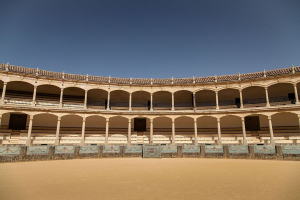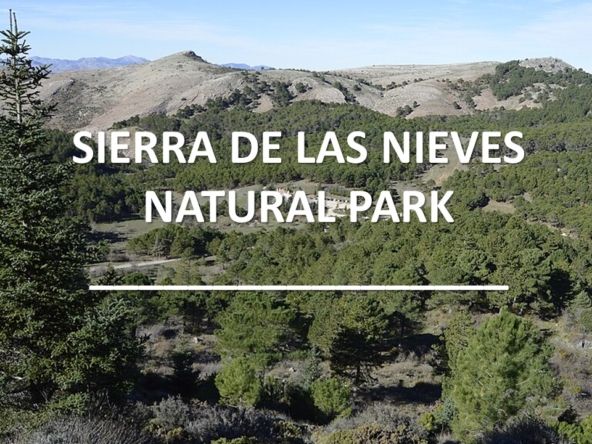In the middle of the Serrania de Ronda, about 100 km from the city of Malaga, lies the famous Ronda, a town of about 35,000 inhabitants. The distinctive feature of Ronda, and undoubtedly its most photographed spot, is the deep ravine with its ancient bridge, the Puente Nuevo. This bridge connects the old center of Ronda with the new El Mercadillo.
From one of Spain’s most famous Parador hotels, right next to the bridge, the view of the Tajo Gorge is breathtaking.
The Camino de los Molinos (Way of the Windmills) leads you through the gorge and, in addition to being a natural, adventurous hike, offers the most beautiful view of the Puente Nuevo.
Acinipo
When Ronda was declared a city by Julius Caesar in the 1st century AD, it was called Acinipo. When the Moorish troops led by Tarik-ibn-Zeyad conquered Andalusia, the first route they followed was the old Roman route. This connected Gibraltar with the ancient Roman settlement of Acinipo. The Moors gave the city the name Izna-Rand-Onda.
The arena
 Modern bullfighting has its origins in Ronda. The Real Maestranza bullring, with a capacity of 5,000 visitors, was built in 1785 by Jose Martin Aldehuela. This architect also designed the Puente Nuevo bridge.
Modern bullfighting has its origins in Ronda. The Real Maestranza bullring, with a capacity of 5,000 visitors, was built in 1785 by Jose Martin Aldehuela. This architect also designed the Puente Nuevo bridge.
Francisco Romero, born in Ronda, is considered the father of bullfighting in its modern form with the introduction of the cape and red cloth (also called muleta). His grandson, Pedro Romero (1754-1839), later became one of Spain’s best ever bullfighters and founded the Escuela Taurina de Ronda (school for bullfighters). This school is known for its classical approach and strict adherence to the rules. You can visit the museum there and also take audio tours of the bullfighting arena.



